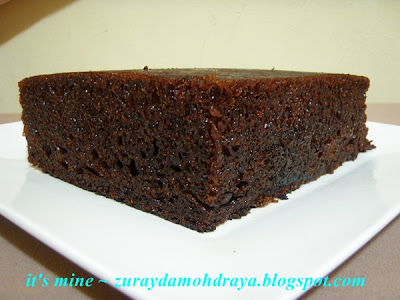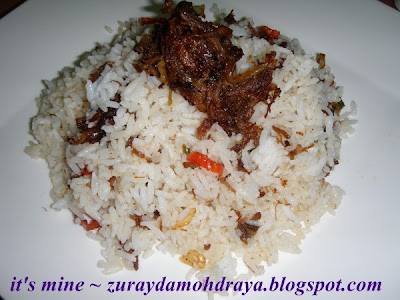Which chopping board is worse for spreading germs?
IMPORTANT ANNOUNCEMENT
We always endeavour to bring you the latest information and we would like to update advice given in our chopping board story . Do not put wooden boards in the microwave to clean.
The test
Whether you are slicing, dicing or carving, a good chopping board is an essential piece of kitchen equipment. But have you ever wondered which kind of chopping board is best to use? Plastic, marble and wood are all popular surfaces.
Our reporter Leila McKinnon finds out if they're as clean as they look and if they harbour any hidden germs?
It's not about being house proud - it can literally be a matter of life and death. Bacteria like salmonella and E.coli breed on your board - these can cause serious food poisoning and even be fatal.
But does what your board's made out of make a difference?
Back in the '90s, Europe 's environmental health investigators decided wood was unhygienic and plastic much cleaner. It became the rule in restaurants and canteens for wood to be given the chop. Instead everyone was picking up the plastic and chef Aaron Ogden says that's still the way it works at the city college in San Francisco where he trains the next generation of chefs.
'The wooden cutting boards ... they get broken and cracked so we've gone to a plastic cutting board, it holds up much better for students. They can clean them very well and they don't harbour lot of bacteria,' he says.
Well, that's Aaron's theory. But is he right? And where does marble come into the picture?
Leila visits microbiologist Dean Cliver at the University of California . He's studied how bacteria behave on different surfaces.
Professor Cliver and his assistant Edward are going to help us out with a little experiment using marble, wood and plastic chopping boards.
'What we are going to do is put on some harmless E. coli let it dry in place and try and wash it off with common dish detergent and then afterwards see how much stayed behind. So we'll put the same amount on each board, in the middle, and then we'll give it a little time to soak in and dry off before we try to remove it,' says Professor Cliver.
After 15 minutes the boards are handwashed in hot water and detergent. Next, samples are taken from the middle of the boards, where the bacteria were applied.
Edward also takes samples from the edge of each board.
Now, we need to give them time to multiply.
Leila: 'Okay in the incubator with those?'
Professor: 'Yes, at 37 degrees, and tomorrow afternoon, hopefully we'll know what the answer is.'
Will that answer show wood's wonderful, marble's marvellous or that plastic really is fantastic? We'll find out when the bugs have had time to breed.
Results
The boards have been contaminated with E. coli - genetically modified to become fluorescent under UV light.
We're looking at the amount of white stuff that's grown on top of our gels.
Marble board : few signs of bacteria.
Professor Cliver: 'That was from the inoculated area and there are relatively few colonies.'
Wood board: thin layer of bacteria.
Professor Cliver: 'This is from the wood board and here we have colonies, more or less wall-to-wall, but in a thin layer.'
Plastic board: more bacteria than the others.
Professor Cliver: 'The plastic has a heavier growth than the wood and much more than on the marble board, so this one is the least clean after having been washed .
So plastic's out. We're down to two.
When just the middle of the board is sampled, marble wins . But for samples from the outer parts of the boards, it was a completely different story .
'The one that has too many colonies to count is from the marble board,'
Professor Cliver.
On the smooth marble, bacteria had spread everywhere, contaminating the entire surface. Whereas, for the wood the bacteria grew only where they were applied - they didn't spread, leaving a much cleaner surface overall.
Conclusion
So on our chopping board scorecard, plastic comes a definite last and that's because bacteria are able to breed in the cuts left by knives.
Marble came in second because bacteria spread everywhere. Marble also loses points because it's tough on knives.
In the final wash-up, it was wood that blew the competition out of the water. This is no surprise to Professor Cliver. In many similar experiments, wood's always been a winner.
Leila: 'Why is wood so much better?'
Professor Cliver: 'It's a very porous material and the fluid is drawn into the wood by capillary action and if there are bacteria in the fluid they go in and they never come back alive.'
Leila: 'So the wooden boards kill the bacteria?'
Professor: 'Well, they die off slowly. It may take a few hours, but all the same, they aren't in a position to cause any trouble.'
Leila: 'So wood's the way to go?'
Professor: 'In my opinion.'
But the professor adds a rider - be sure to choose a tight-grained hardwood board . If the wood's too soft, those pesky bacteria can multiply in deep knife cuts.
So it's official - wooden chopping boards are back in from the cold.. They're knife friendly, they kill bacteria
and if looked after properly, they can last for years.
Fast facts
· Whatever board you choose to use, do you know the best way to keep it germ-free ? For plastic , spray it with a mist of vinegar followed by diluted bleach or hydrogen peroxide. To care for your wooden board, don't' soak it for hours, a quick scrub will do.

























































